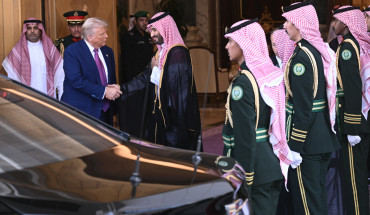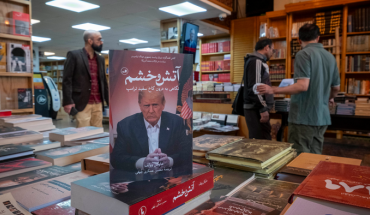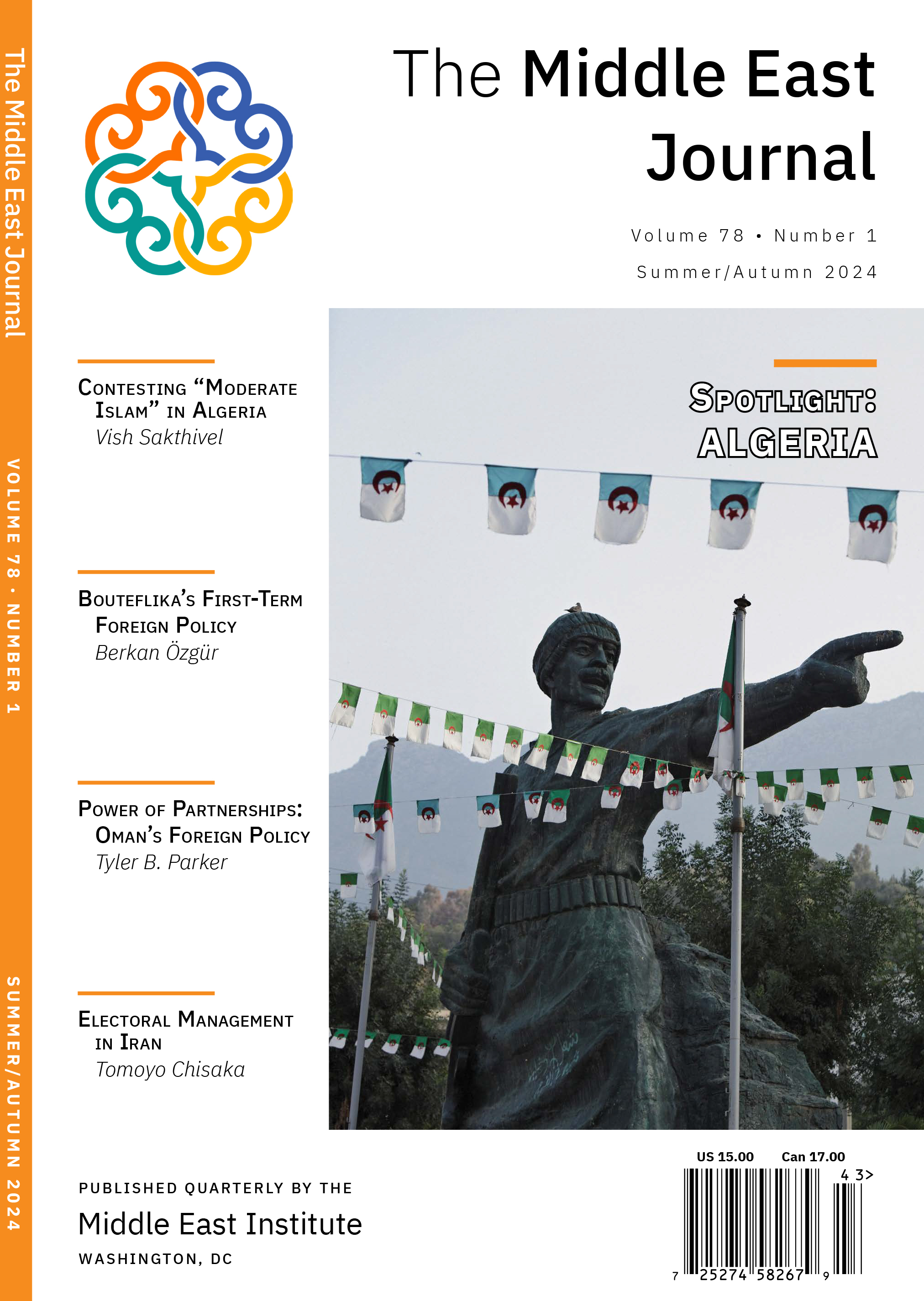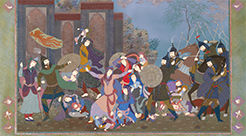Originally posted December 2009
The move to hold a second round of elections in Afghanistan on November 7, 2009 has at least had one positive result: it has brought out the fundamental limitations of introducing Western democratic election processes in a deeply divided society that, moreover, is at war with itself and with external forces.
A Flawed Election or a Flawed Electoral System?
The conflictual nature of elections has long been recognized by scholars such as Jack Snyder and Edward Mansfield,[1] though contested by others, such as Roland Paris and Timothy D. Sisk, who point to the pros and cons of elections.[2] In the Afghan case, the arguments against elections at the present time seem overwhelming, and not only because of their inherent potential for generating violence. The political system introduced after 2001 also increases the issues at stake in the elections and works at cross-purposes with the traditional and informal political institutions of the country.
The August 2009 presidential election demonstrated the political and logistical problems of holding elections in the middle of a war. Participation was low, estimated at just over 30% for the nation as a whole. However, the participation rate was much lower in the southern provinces and the southeast, where the security situation had deteriorated most and the insurgents had vowed to stop the elections. Local observers estimated a voter turnout of 5-15% in Kandahar. Similar estimates appeared from other areas in the south and southeast. In Kandahar, once the thriving cultural and commercial hub of the south, violence in the past year or two has so impacted the residents that the common salutation when friends part is, “See you soon, if we are still alive.”[3] When just staying alive and trying to accumulate enough capital to get out, what is the point of risking life and limbs in an election?
A predictably low turnout in this region was, of course, a perfect incentive for President Hamid Karzai’s faction to cheat. Kandahar is the home territory of Karzai’s Populzai tribe. Together, the south and the southeast constitute the heartland of Afghanistan’s Pashtun population. Effectively deprived of a large part of his constituency, the President allowed large-scale ballot box stuffing in this area so as to make up for the expected loss. The result was a 60% “turnout” from Kandahar.[4] The problem was clearly anticipated by UN officials. Peter Galbraith, then-Deputy Special Representative of the Secretary- General (SRSG) to the UN Assistance Mission in Afghanistan (UNAMA), advocated not opening polling booths at all in the insecure southern areas. This would have formally disenfranchised a significant part of the Pashtun population in advance of a UN-supported election — something the United Nations naturally could not do.
For many Afghans, the elections — and especially the initial demand for a second round after Karzai failed to attain an absolute majority the first time around — was primarily an exercise in “external legitimacy,” arranged by and for the benefit of international actors. But although international actors initially dominated the strategic space in the political game, Afghan leaders have recaptured significant space for tactical movements. In economic and military terms, the Afghan government is extremely dependent upon outside forces. Foreign assistance accounts for almost 90% of budget funds (development and operating budgets taken together). The US government and the leadership of NATO determine military strategy and train and pay the Afghan army, police, and militias. The structural constraints of this situation limit the government in numerous ways. In the aftermath of the elections, for instance, Karzai had to accept international demands for scrutiny that led to the scrapping of one million of “his” votes. Yet, the President soon recaptured the initiative by refusing to include Abdullah in a government of national unity, which the internationals at one point were pressing for, and instead insisting on a second round (which he then aborted). In the end, Karzai was seen as the man who provided a face-saving exit from a chaotic election situation.
A Winner-Takes-All Centralized Presidential System: Recipe for Instability?
Power-sharing in the form of a government of national unity may still be possible, but the election crisis points to more fundamental problems. The present winner-take-all presidential system is poorly suited to contemporary Afghanistan, where the principal minorities — Uzbeks, Tajiks, and Hazara — emerged from the civil war of the 1990s with heightened political consciousness, organization, and grievances. Their demands for a measure of parliamentarism and for fiscal and administrative decentralization did not win out in the constitutional debate in 2003-04, but have remained and indeed become stronger. The ethnic issue resurfaced during the last election. Karzai represented the majority Pashtun tribes, which traditionally have ruled in Afghanistan. His main challenger, Abdullah Abdullah, while of a mixed Pashtun-Tajik family, was closely associated with the Tajik-led Northern Alliance that briefly gained control over Kabul after the 2001 intervention, and most of his supporters are from the minority communities.
The Pashtun have traditionally favored a centralized state. During the constitutional debate they mobilized on ethnic grounds to get a strong presidency.
The United States likewise favored a centralized system that made for simpler patron-client relationships in service of the US national security objective of defeating militant Islamists. US interests were ably and actively promoted during the constitutional deliberations by Zalmay Khalilzad, at the time the Bush Administration’s Special epresentative to Afghanistan. The Constitutional Assembly thus settled for a presidential system and a formally centralized state. The Parliament was later weakened by an election law that introduced a curious and rarely used system designed to inhibit political party representation (the Single, Non-transferable Vote system, or SNTV).
The overall result was to focus on the presidency: The person who attains even a single vote more than 50% of the votes cast in the presidential elections captures virtually the entire pot of political power. For a heterogeneous and divided society, this system is particularly destabilizing. This point is readily recognized in the political science literature, which suggests that parliamentary or mixed systems are more inclusive, more open to coalition-formation and power-sharing, and therefore more appropriate for deeply divided societies.
A mixed or parliamentary system also would harmonize with the Afghan political traditions of shifting alignments and flexible coalition-formation, in which contests often involve bargaining which leaves both parties with some gains and intact personal honor.
Conclusion
Admittedly, the trend in Afghanistan for the past 30 years has been towards a more centralized state and greater concentration of power in the presidency. But this development also has brought fierce contestation over the state and devastating violence. Arguably, therefore, the consolidation of legitimate power at the center requires a revisiting of the 2004 Constitution. Post-election comments from analysts and UN officials point in the same direction.[5] Absent space in the policy discourse for this possibility, the fight over the presidency may tear the nation apart to divide the north from the south and, at the very least, greatly complicate efforts to defeat the militant Taliban.
[1]. Jack Snyder and Edward Mansfield, Electing to Fight: Why Emerging Democracies Go to War (Cambridge, MA: MIT Press, 2005).
[2]. Roland Paris and Timothy D. Sisk, “Pathways of the Political: Election Processes after Civil War,” in Roland Paris and Timothy D. Sisk, eds.,The Dilemmas of Statebuilding (New York: Routledge, 2009), pp. 196-224.
[3]. Alex Strick van Linschoten and Felix Kuhn, “See You Soon if We’re Still Alive,” Foreign Policy, October 26, 2009.
[4]. Martine van Bijlert, “AAN Election Blog No. 23,” http://aan-afghanistan.com/index.asp?id=265.
[5]. See, for example, Steve Coll, “War and Politics,” The New Yorker, October 26, 2009; statements by Special Representative of the UN Secretary-General (SRSG) Kai Eide to the press; and Nick Horne, “We Must Force Political Change or Fail,” http://www.timesonline.co.uk/tol/comment/columnists/guest_contributors/…. (The author recently resigned from UNAMA.)
The Middle East Institute (MEI) is an independent, non-partisan, non-for-profit, educational organization. It does not engage in advocacy and its scholars’ opinions are their own. MEI welcomes financial donations, but retains sole editorial control over its work and its publications reflect only the authors’ views. For a listing of MEI donors, please click here.













